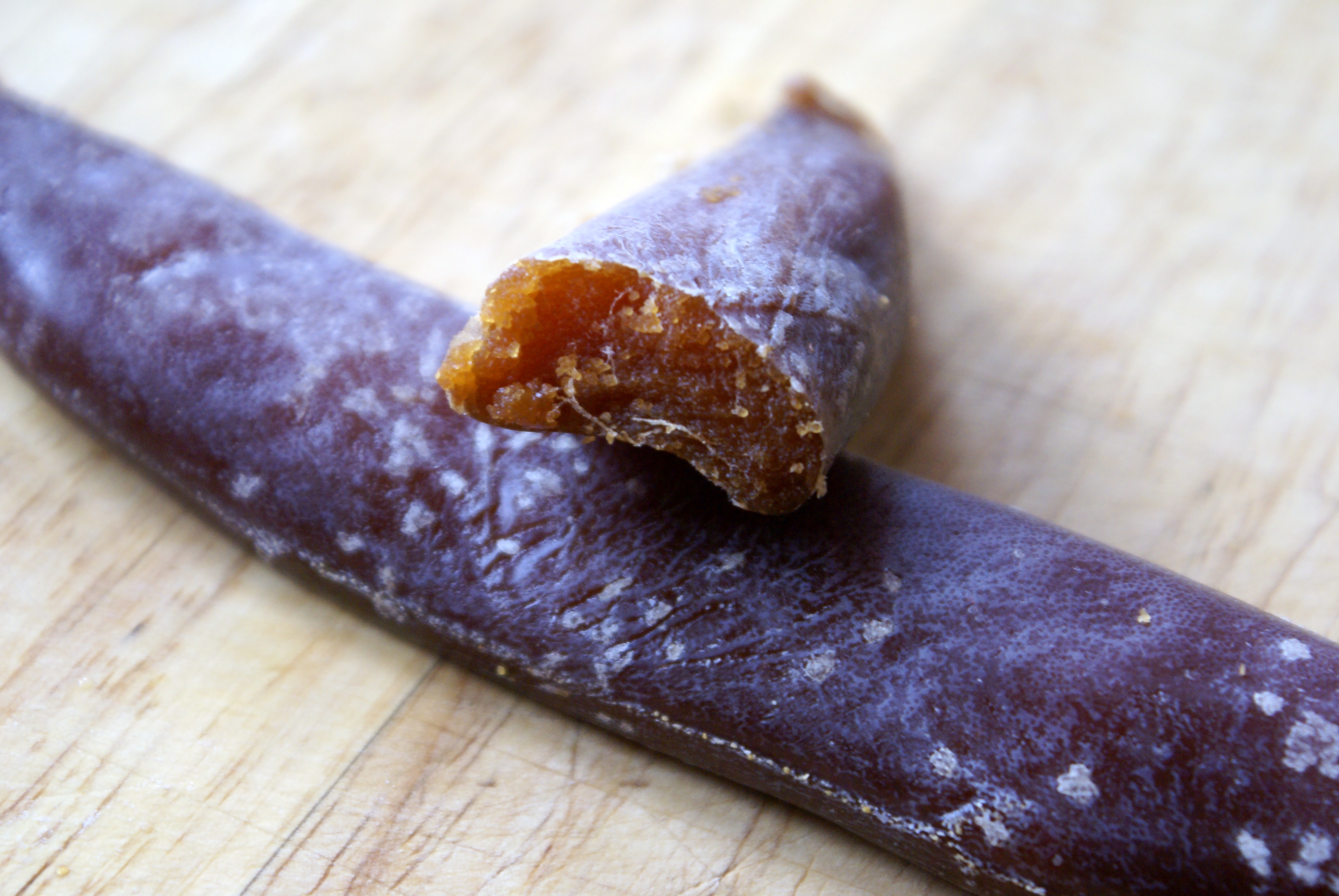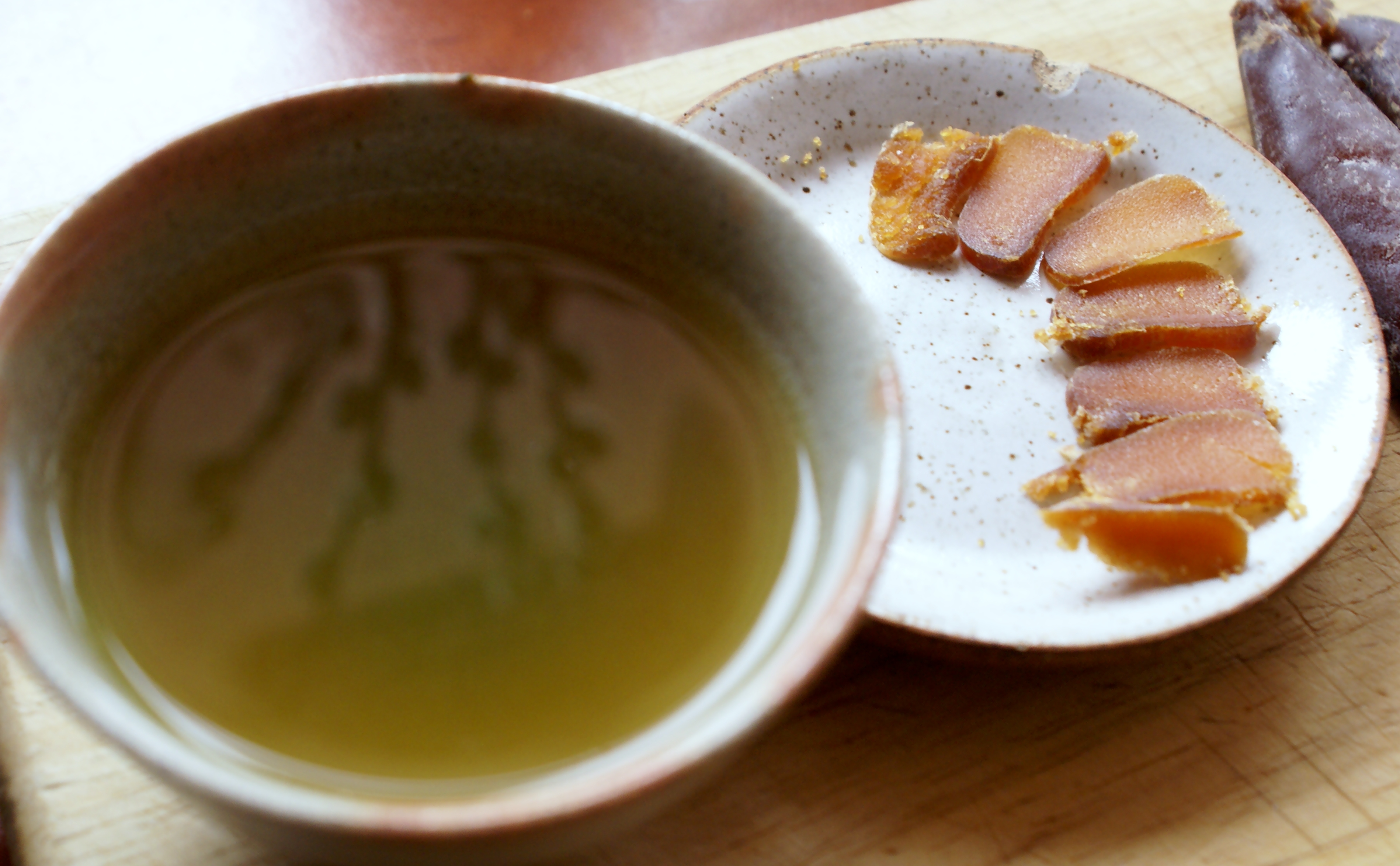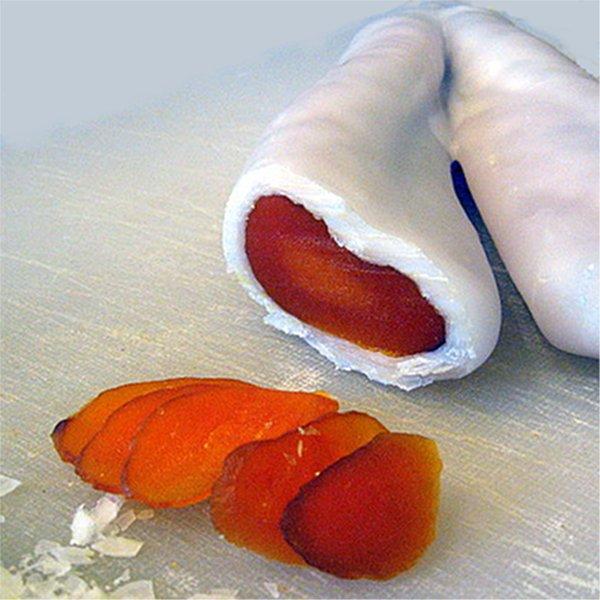Tea and food: the umami issue
Posted on 26 March 2011
Tea and food matching: I’ve covered it before with tricky foods such as chocolate and strawberries. Since then, I’ve been thinking about foods where tea can do a better job than wine.
Matching food with wine boasts an extensive literature, and you’ll find reliable experimental advice for almost any dish. But some nuts are hard to crack: eggs, artichokes, salad, ice-cream. And there’s one aspect that is often overlooked: the umami taste. It just doesn’t go terribly well with wine. The savoury sensation it creates on your palate is fairly foreign to wine (there are some exceptions, such as old dry sherry). In fact when you think of foods naturally rich in umami, such as broth, seaweed, spinach, cured meats, ripe cheese, they’re all tricky partners with wine. This is where tea can become very useful at the dining table.
But not all tea. Teas vary widely in their umami content: Japanese green tea can have loads, while you shouldn’t expect any umami sensation from a floral, unoxidised baozhong from Taiwan or a young green puer. I decided to taste six types of tea with the most umami-driven food I know: bottarga. This southern Italian speciality is the cured and smoked egg sack of red mullet fish. It tastes like a crossing between black caviar and dry ham. It’s an incredibly intense food that apart from a slight saltiness, has almost no flavour other than umami. When used in moderation (grated on top of pasta) it can match decently well with a mineral unoaked white such as Vermentino from Sardinia or an Austrian Veltliner, but it’s really a very difficult partner for wine.
Some types of tea just don’t match. A fresh green 2010 Tie Guan Yin oolong from China just builds no dialogue and pretty much obliterates the flavour of bottarga. A 1992 Loose Ripe Puer, smooth, milky and dried-woody also didn’t offer any sensible flavour communication, being just too mild and sweet, although it did contrast the savoury bottarga flavour nicely in the aftertaste. It cleaned your palate, like some wines do after very intense food, but strictly speaking it didn’t match.
I had high hopes for black tea. After all, a strong red wine, with its depth of flavour and strong tannins similar to those of a black tea, is often a good compromise with umami foods such as roast meat. The 2010 Nonpareil Tanyang Gongfu I recently ordered from Dragon Tea House did a respectable job: it’s the tea’s maltiness that provides a good canvas to the fishy flavour. Better than expected.
Unsurprisingly, it’s with Japanese green tea that bottarga pairs really well. These teas have a lot of aminoacids that are chemically related to the glutamic acid that governs the umami taste. The key thing is to brew the tea very concentrated at low water temperature (see here for a discussion of this) in order to emphasise the umami taste and decrease the bitterness. Bitterness can offset the expression of umami, creating an unpleasant flavour clash. It’s what happened when I brewed the 2010 Temomicha from Yoshiaki Hiruma: the tea has a lovely savoury intensity but also a touch of bitterness that creates an weird chemical sensation on the palate. If you choose sencha tea, it should be relatively light and sweet, such as Hiruma’s 2010 half-shaded sencha I discussed here. But best of all is to opt for gyokuro. This type of green tea comes from trees that are shaded before picking, decreasing bitterness and increasing umami. No wonder it’s nearly a perfect match with my bottarga: food and drink mirror each other in how they behave on your palate. Next time I’ll be pairing tea with Far Eastern food high in umami, I’ll be sure to choose a gyokuro or at least a kabusecha tea.
Disclosure
All teas mentioned in this post as well as the bottarga were my own purchases.




